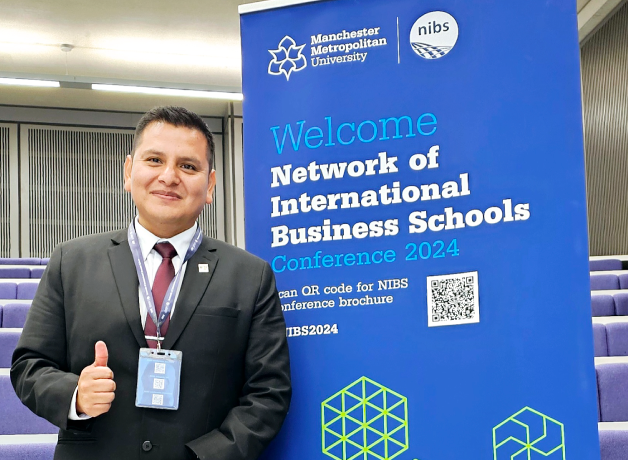A little over a year ago a student detained in Miami-Dade, United States, carried out eight cyberattacks against the school.
The IP address responsible for the attack was traced to the student identified as David Oliveros. The 16-year-old was a junior at South Miami Senior High School.
Oliveros claimed to have orchestrated eight Distributed Denial of Service (DDOS) cyber attacks. designed to cater to the school network, including the necessary web systems for My School Online, and will face charges of attempted fraud, third-degree felony, and interference with educational institutions, which are second-degree offences.
Police are investigating the attack together with the FBI, the Secret Service and the Florida Department of Law Enforcement.
It is believed that the other people involved may have come from overseas and there’s likely to be at least 12 attacks in total.
According to his neighbors, Oliveros is always at home, “he’s a good kid, he plays basketball, he studies, he’s always with his family.”
Gabriel Zurdo, CEO of BTR Consulting, a specialist in computer security, technology and business risk, has this to say: “During the pandemic, cyberattacks against educational entities, schools and universities were multiplied by hundreds in different countries, many of whom are orchestrated by gangs who seek, through the use of ransomware, to earn money after extorting money from educational entities, demanding a ransom for the release of their previously hijacked systems. Novelty is the extraordinary technical capacity of minors who, with basic self-made and managed knowledge and tools, achieve this type of action that seeks to disable the ability to connect to networks and their systems.“.
Now British police have just launched an initiative designed to persuade young people not to get involved in cyber attacks after claiming that children as young as nine are responsible for a denial of service (DDOS) cyberattack.
The National Crime Agency (NCA) has partnered with Schools Broadband on a new education campaign.
Students seeking specific information, tools, and terms related to DDoS and other cybercrimes will be warned and directed to other websites for the purpose of educating them about the Computer and Technological Misuse of Resources Act and the consequences of cybercrime.
So far, this campaign has been run under a trial scheme and now It will be implemented across the country in more than 2,000 primary and secondary schools.
The NCA said that data produced by the National Cyber Crime Unit (NCCU) revealed a disproportionate increase in these types of attacks in recent times and that the median age was 15 years, but some of the offenders identified were as young as nine.
“Education is the main pillar in crime prevention and these messages highlight the risks and consequences of committing cybercrimes, which can result in a criminal record.”
What is ransomware?
Ransomware is malware that can gain access to information and files. That encrypt and do not allow access to them. After you enter the system, you threaten to publish the information in exchange for some money.
In case of falling for ransomware, “No More Ransom” page help people solve problems. “Once the ransomware has been executed on your device, there’s little you can do without having backup or security software, they explain on the page. However, the page provides help and good news for unlock your device. This page is promoted by McAfee, Amazon Web Services, EUROPOL, among other organizations.
Cybersecurity company Malwarebytes recommends do a second file backup and release the second one to the computer as the ransomware can also encrypt external drives connected to the computer.

“Problem solver. Proud twitter specialist. Travel aficionado. Introvert. Coffee trailblazer. Professional zombie ninja. Extreme gamer.”






